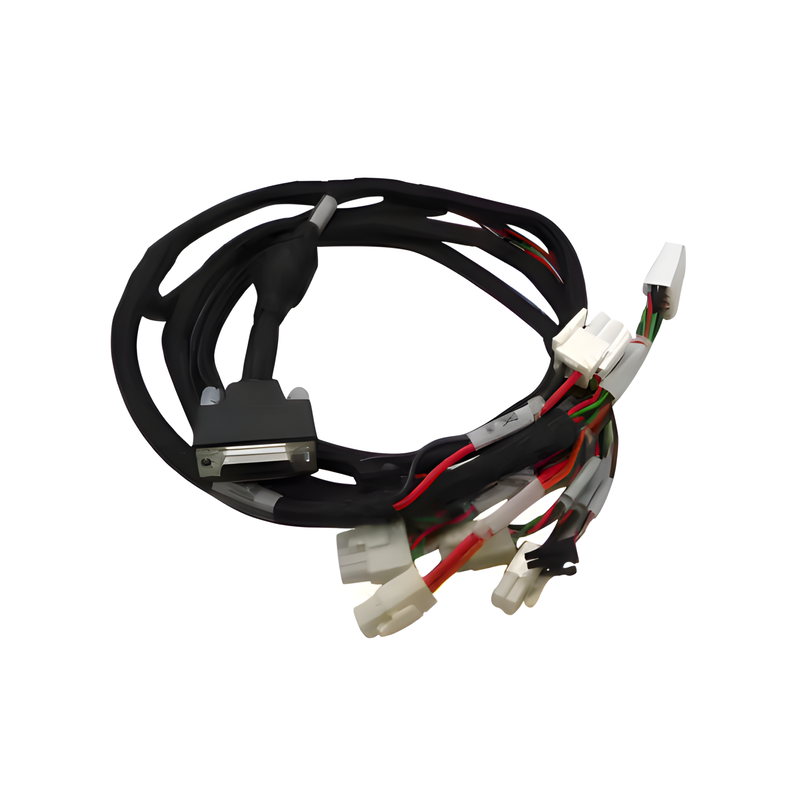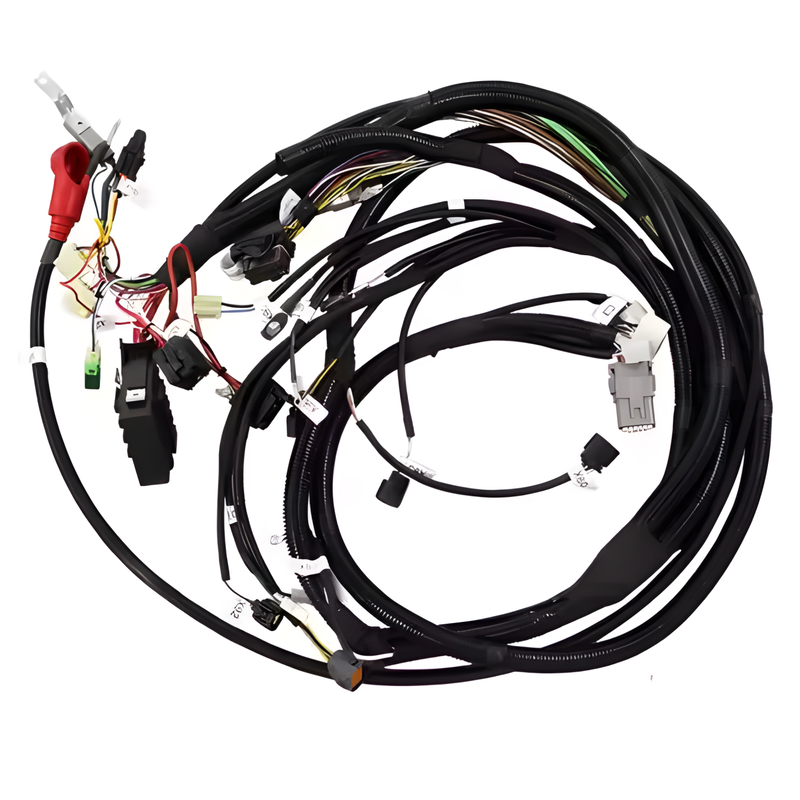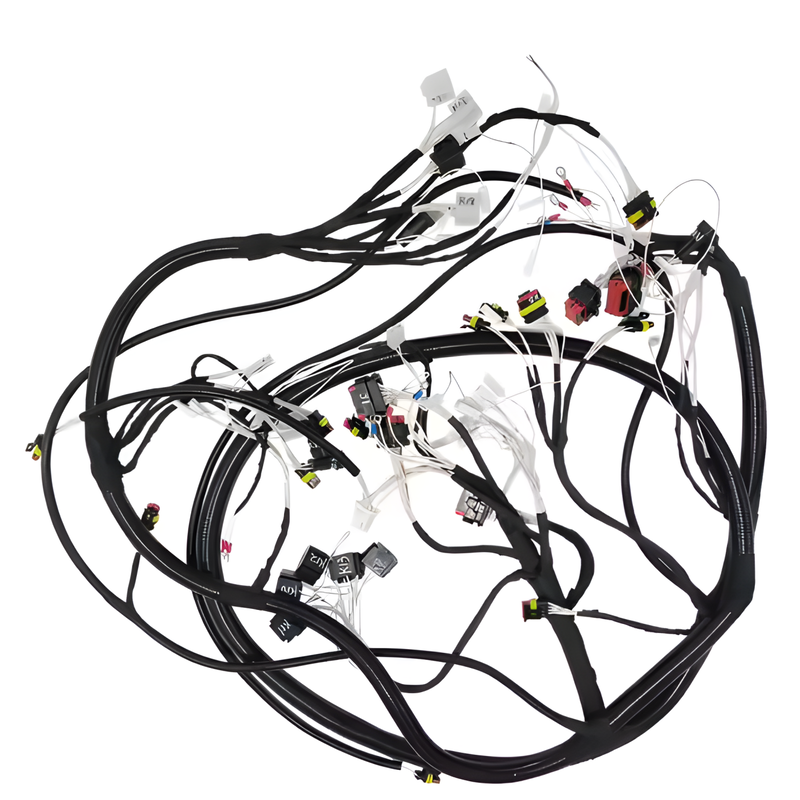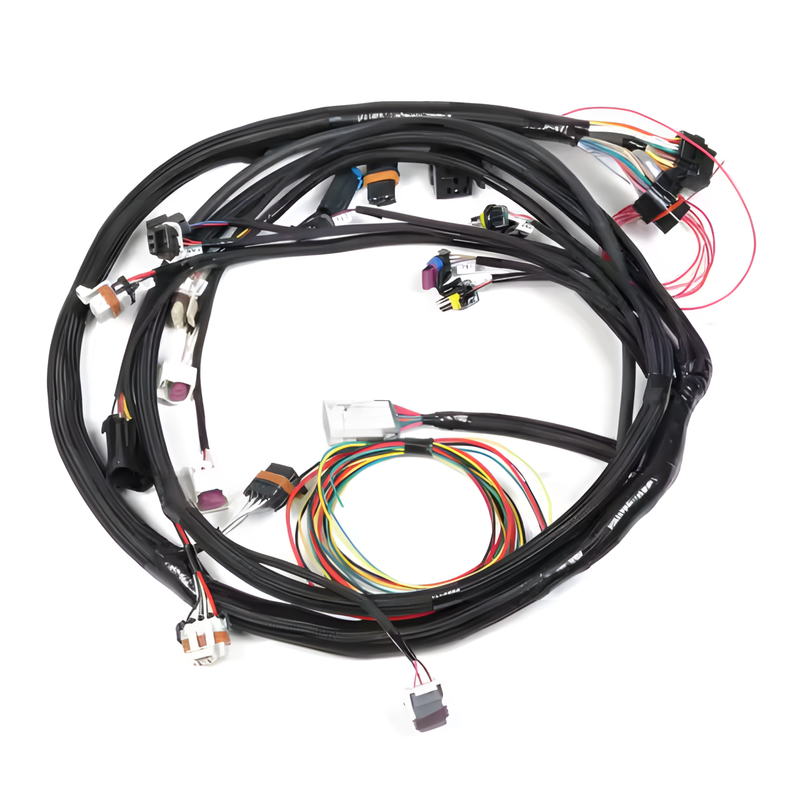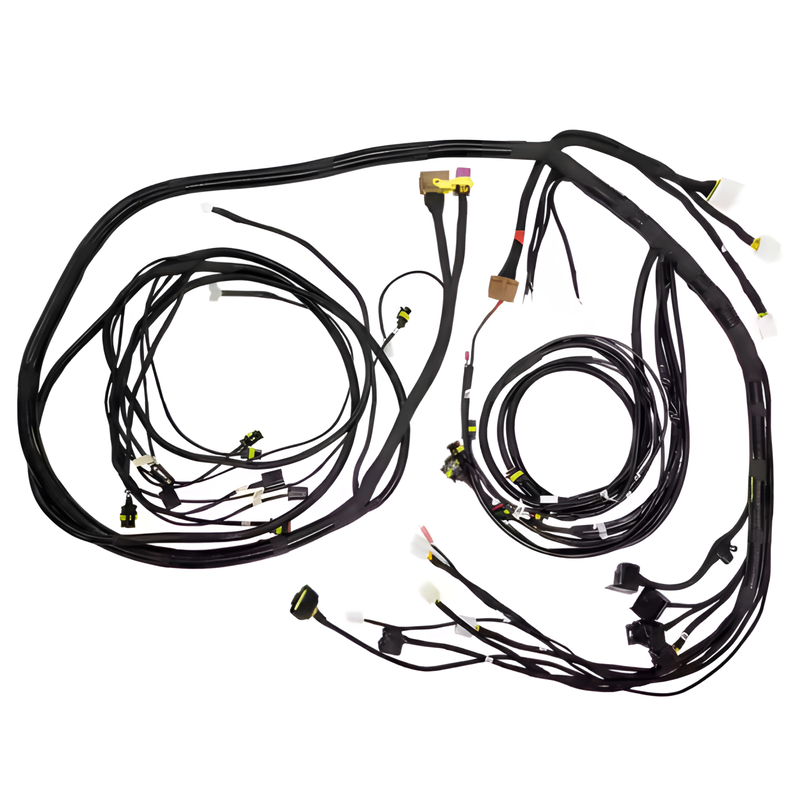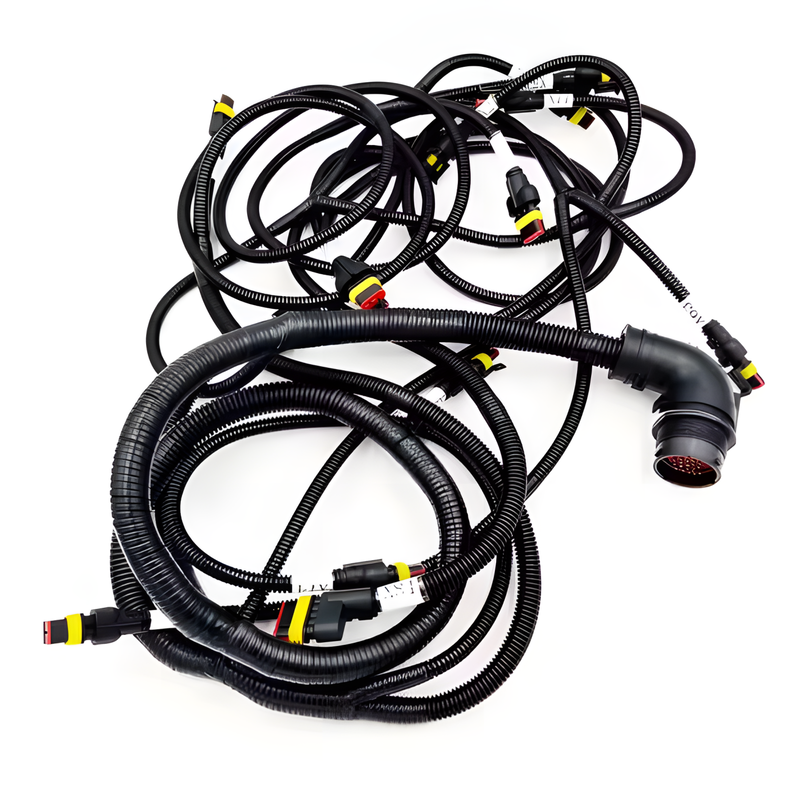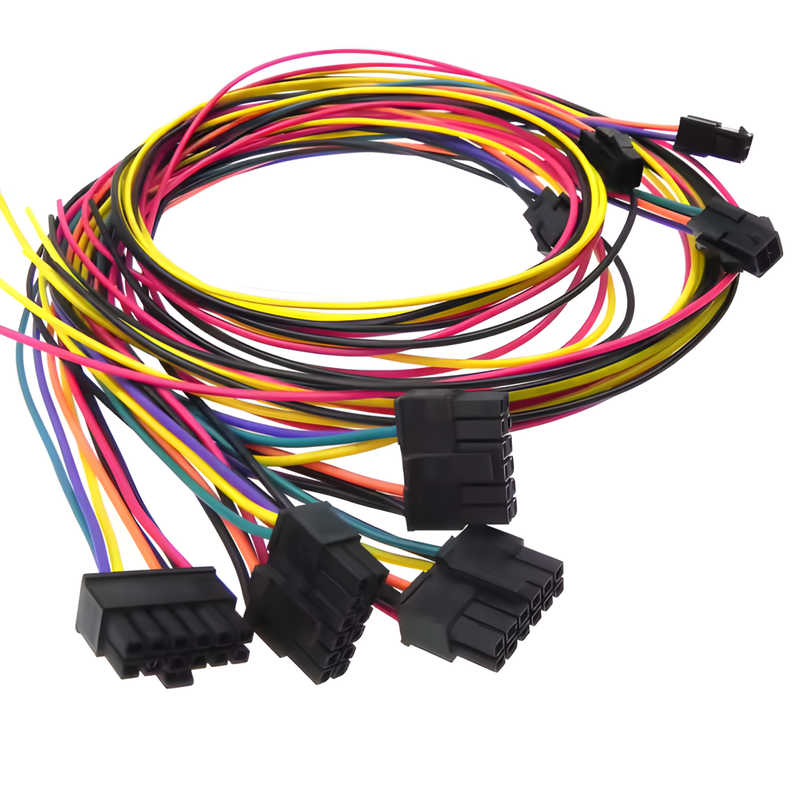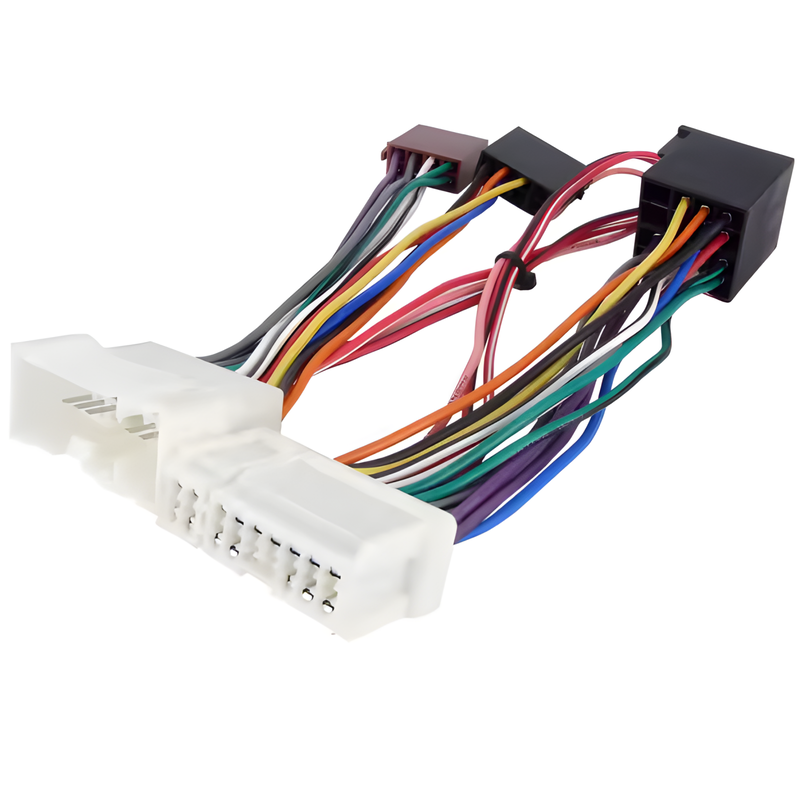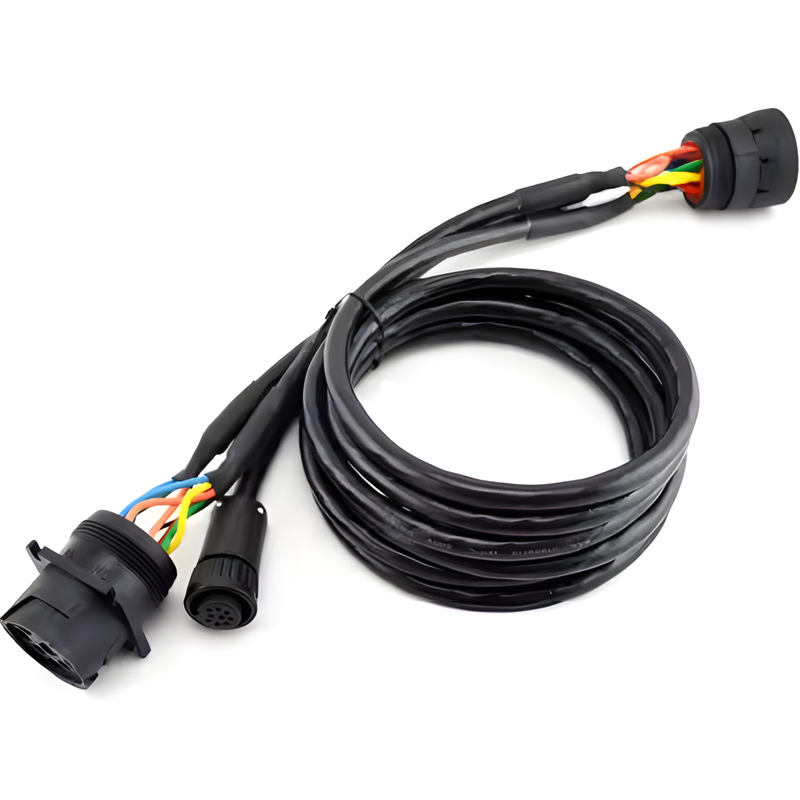Product Description
Single Mode Fiber Optic cables are designed for high-speed, long-distance communication with minimal signal loss. They feature a small core size, typically around 8 to 10 microns in diameter, allowing only one mode of light to travel through the cable. This reduces signal distortion and allows for greater bandwidth over long distances. Ideal for telecommunications, data centers, and networking, single mode fibers support higher data transmission rates compared to multi-mode fibers. They are highly resistant to external interferences, providing stable and reliable communication in various environments. Perfect for high-performance applications requiring efficient data transfer over significant distances.
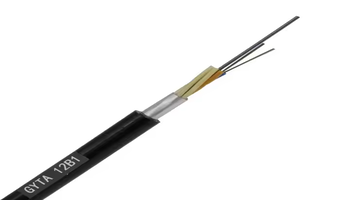
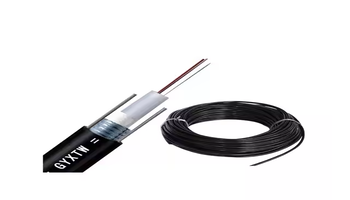
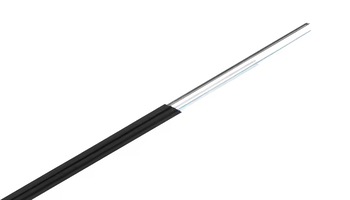
Product parameters
| List | Details |
|---|---|
| Brand Name | Single Mode Fiber Optic |
| Type | Fiber optic patch cord |
| Warranty Time | 1YEAR |
| Armour | Steel/ Aluminum Armour |
| Fiber Type | G652D |
| Cable type | GYTA/ GYTS |
| Fiber Core | G652D. Single Mode |
| Tube | 4 Tubes |
Custom Process

1. Send inquiries

2.Drawings or samples

3. Quotation

4.Customer confirmation

5. Places order and pays

6.Mass production

7.Test before packaging

8.Shipping & confirmation
Process Type
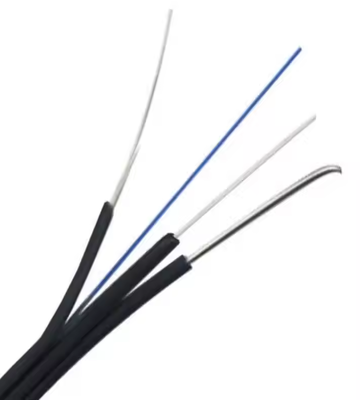
Cable wire
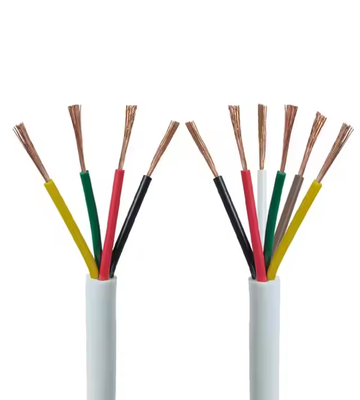
Optical fiber wire
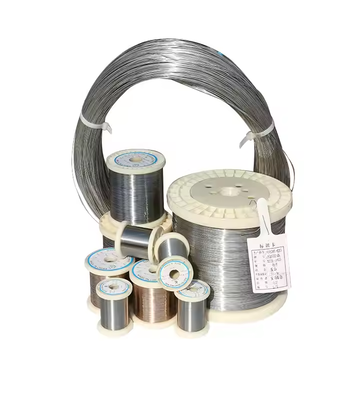
Bare wire
Material
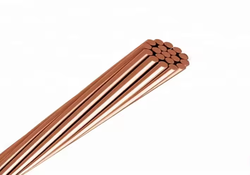
Bare copper
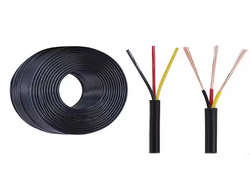
PVC PE
Quality Control
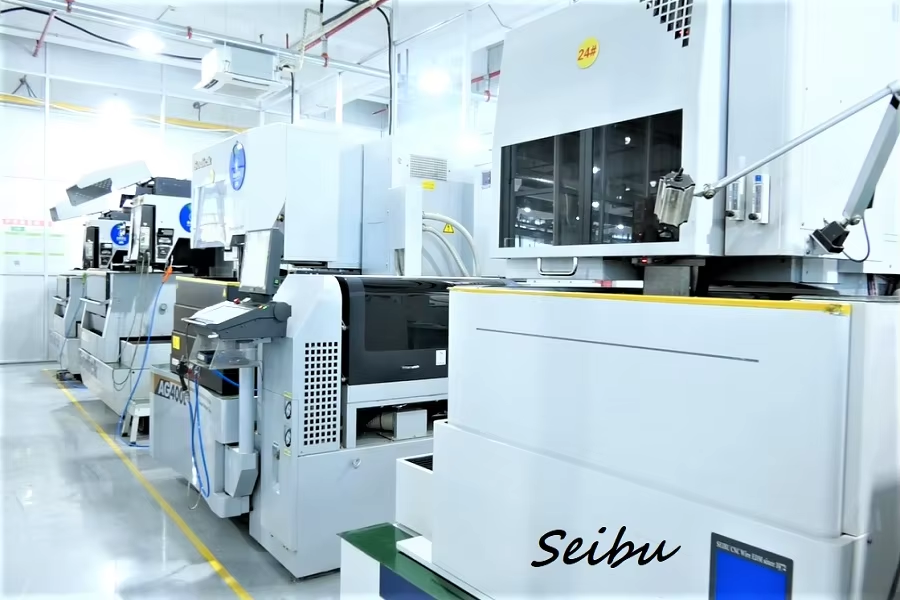
Quality Control (QC) of Single Mode Fiber Optic cables ensures they meet performance standards and reliability. Key tests include verifying core diameter and concentricity, checking the fiber's attenuation (signal loss), and performing a splice loss test for joint connections. Visual inspections assess the fiber’s surface for defects, while bend radius tests ensure durability under various physical conditions. The cable’s jacket is also tested for resistance to environmental factors, such as temperature and moisture. These QC measures guarantee optimal signal transmission and long-lasting performance in high-speed, long-distance communication systems.
Processing capability

The processing capability of Single Mode Fiber Optic cables revolves around their ability to transmit data over long distances with high efficiency and minimal loss. Due to their small core size (8-10 microns), they are optimized for high-bandwidth, high-speed communication, supporting data rates from gigabits to terabits per second. Single mode fibers can cover distances of up to several hundred kilometers without requiring signal amplification, making them ideal for telecommunications, data centers, and internet backbone infrastructures.
The processing of single mode fiber involves precise manufacturing techniques, including controlled drawing of the fiber to maintain uniform diameter and consistency. Their ability to handle long-distance transmission is further enhanced through the use of low-loss glass materials, which reduce signal attenuation.
Additional processes

Fiber splicing and connectorization require specialized equipment to ensure minimal signal degradation.
Single mode fibers can also support dense wavelength division multiplexing (DWDM), allowing multiple data channels to be transmitted simultaneously over the same fiber, thus significantly increasing data throughput. This makes single mode fibers essential in modern networking, enabling fast, reliable connections for applications such as 5G networks, high-definition video streaming, and cloud computing.










